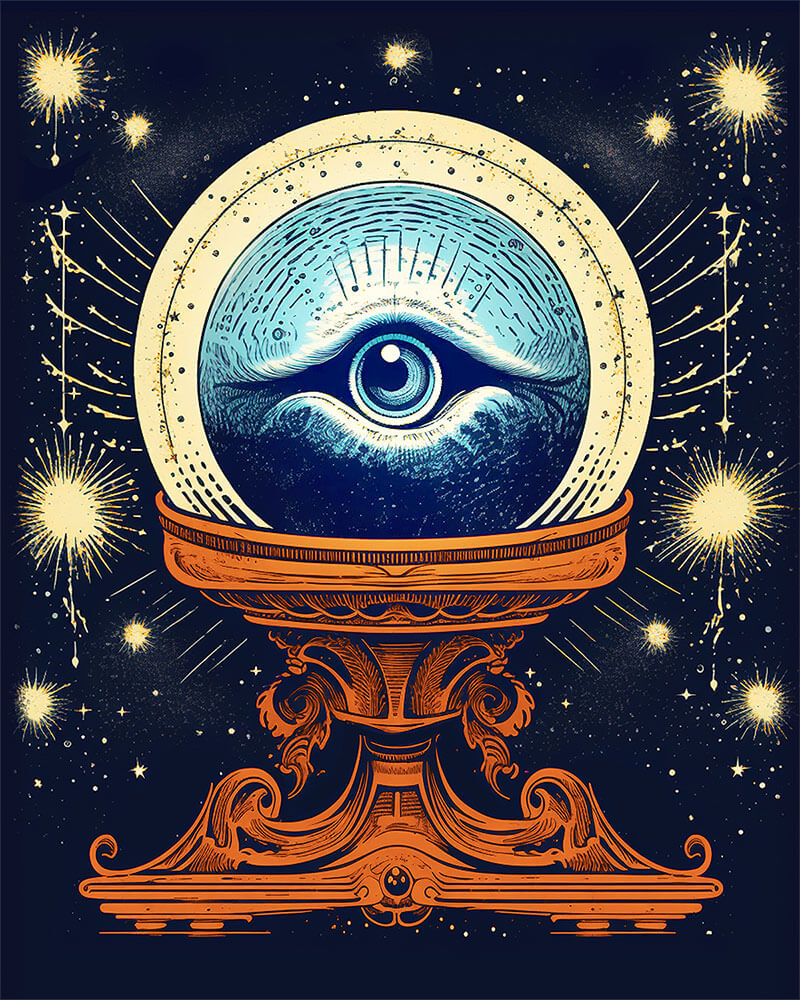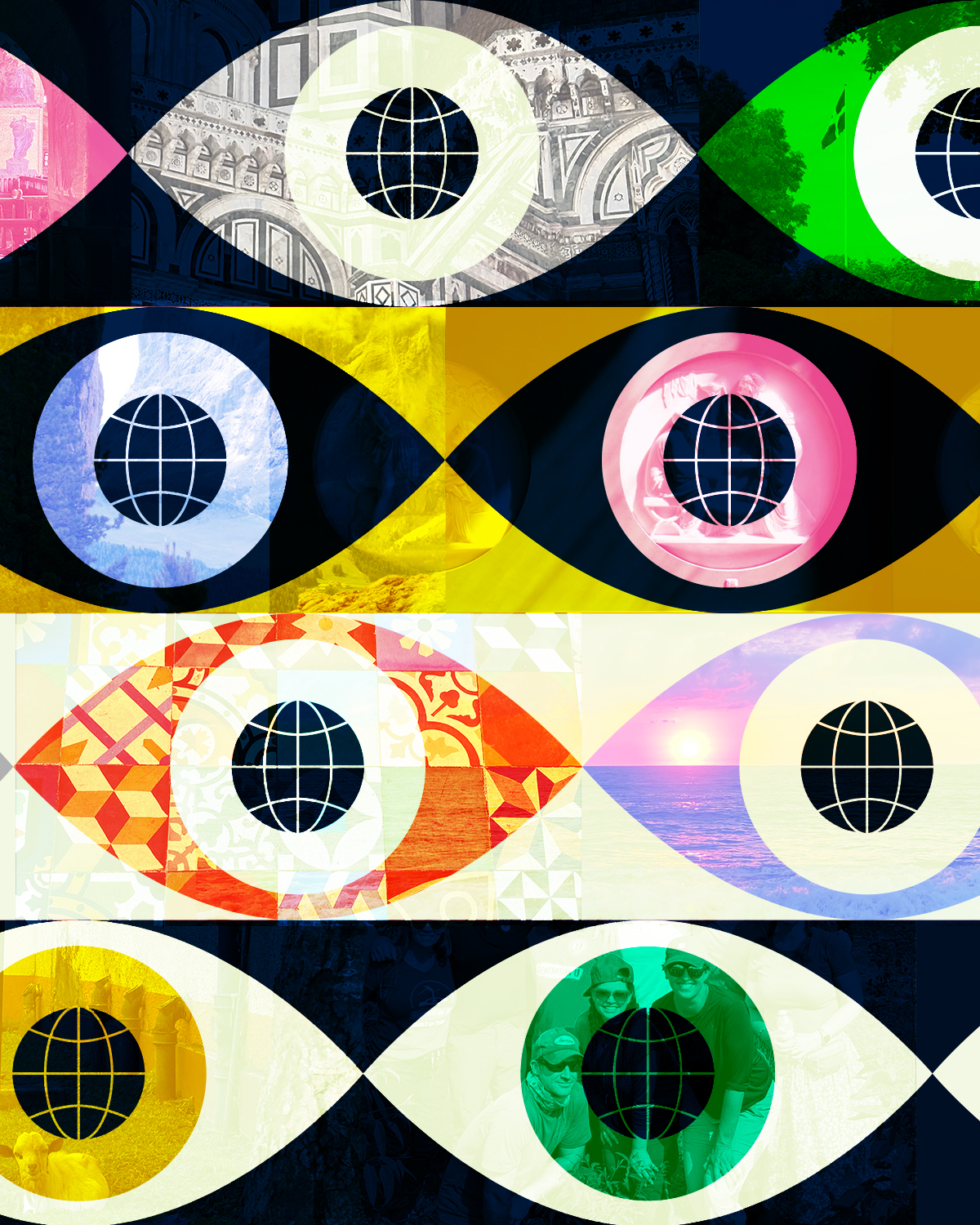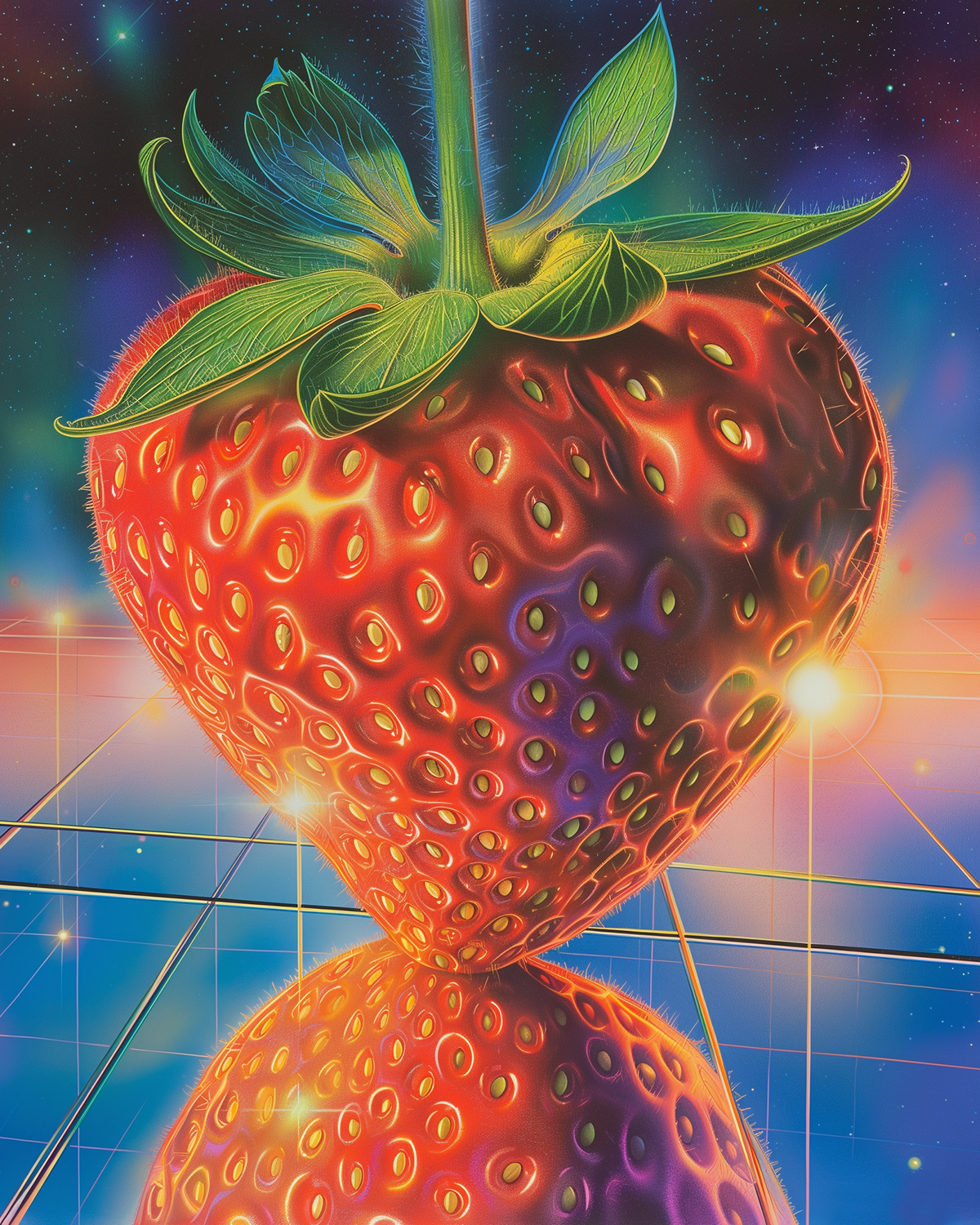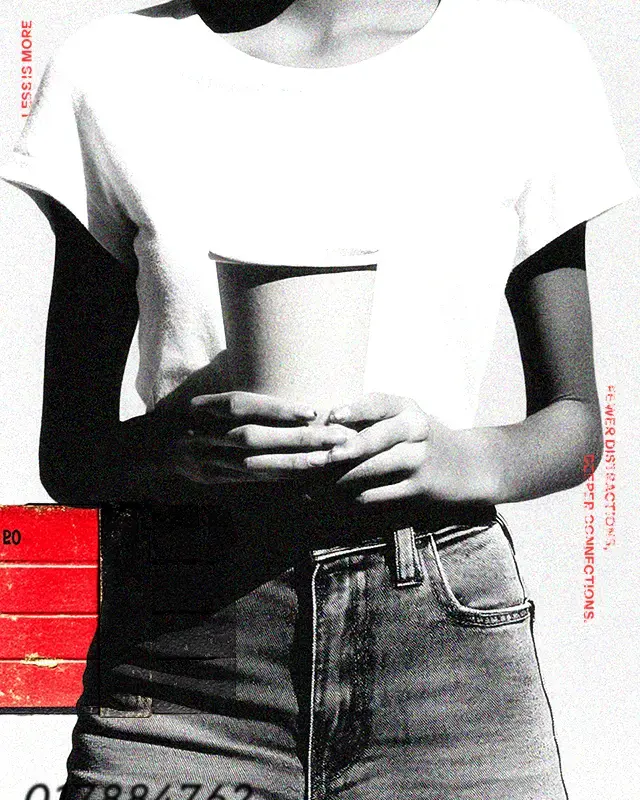A captivating conversation with Lindsay Connors, the brilliant mind behind our brand strategy, as well as Charles Bloom and Nate Dyer, our esteemed Creative Directors.
Lindsay C.
Ok. It’s the end of the year. Every agency, every consultancy is posting their trends report. It’s great marketing, but who knows if any of us are going to be right? What I’m really curious about is how to spot a trend that’s emerging. Pinterest? Spreadsheets? Tea leaves? How do you stay in front of trends?
Charles B.
It’s not so much that I try to stay in front of trends (I’m talking style trends here), but I don’t ignore them. So, sure, bring on the trend reports! Let me see what everyone else is going to do. I’d rather determine what inspired a trend, whether it’s an artist, an era, or an event. From there I can choose (or not) to pull from similar sources. That’s why it’s so important to feed your knowledge of history—art, design, culture, anything. It helps you identify the origins and empowers you to reinterpret it yourself, rather than to interpret an interpretation. Otherwise, it’s an uphill battle to distinguish yourself.
I just don’t want to be responsible for anything that anyone would ever describe as “that’s so 2024.” Year-end lists and trend forecasts always sit in that small space of the year before and the year to come. I’d rather go back further to look ahead further.
Nate D.
I agree, trying to anticipate where something is going can limit how and where you are looking for inspiration. You start making assumptions based on what you are currently seeing rather than maintaining an expansive view of what could be. It is easy to get tunnel vision and miss what’s in your periphery, the stuff that really could be groundbreaking. We should all try to keep our minds and eyes open and trust our instincts as creative people. If you think something is cool and interesting, someone else likely will too.
CB.
That reminds me of the new John Waters exhibit at the Academy Museum. I walked out of there thinking, “He really just went for it.” His influences are famously diverse, not solely trendy or mainstream, and through his filter the output was completely original (shockingly so!). I had a similar feeling after seeing the Keith Haring show that same trip. I do love a good museum retrospective; they always inspire me to reset my thinking. You get a fuller picture of a creative, the “refined” culmination of work right alongside those uninhibited “I’ve-never-seen-that-I’m-going-to-do-that” beginnings Nate mentioned.
ND.
And again, it is trusting that instinct of “I like it and if I like it, other people will like it too.”
Any style, no matter if we think it’s kind of low art or just ugly, there's always a way to twist it into something good. It just takes a creative eye and an open mind to do that. It’s like when people take in an outdated or “bad” piece of media ironically—with the benefit of perspective, sometimes they start to appreciate it. Those are the ones who elevate it and say there's merit to this.
LC.
Then even something “bad” can find a way to be appealing? Is nostalgia inevitable for everything?
CB.
For sure! Some treat “nostalgia” as a dirty word as if it has to mean “outdated.” But I like keeping inspiration more personal rather than based on trend forecasts. It could go a couple of ways: One, it could resonate with someone who has a similar point of reference. Two, it could be something never before seen. Either way, by then you’ve cut through the noise.
LC.
So, if it’s not trend reports, where are you going to look for inspiration this coming year?
ND.
Anywhere and everywhere, especially offline. I spend a couple of weeks in Japan most years and it is great to walk around Tokyo and just try to absorb everything, from the Roppongi Art Triangle to the ephemera hanging on the walls in the small mom-and-pop ramen shops.
CB.
SNES instruction manuals, Edward Burne-Jones (any recovering Pre-Raphaelites here?), sordid 70s giallo, D'Aulaires books, Pansy Beat, thrift store sweatshirts, public library archives, reunion tours, VHS slipcases, my friend Jeff’s homemade clothes, drag wigs, repertory film series, wine bars, dive bars, public transportation seat upholstery, anything else I really used to love but then thought I outgrew, and of course anything I used to think was ugly but now love.
How are we going to apply any of this to beverage branding? Great question—check back at the end of 2024!
%20(2).png)




-1.png)